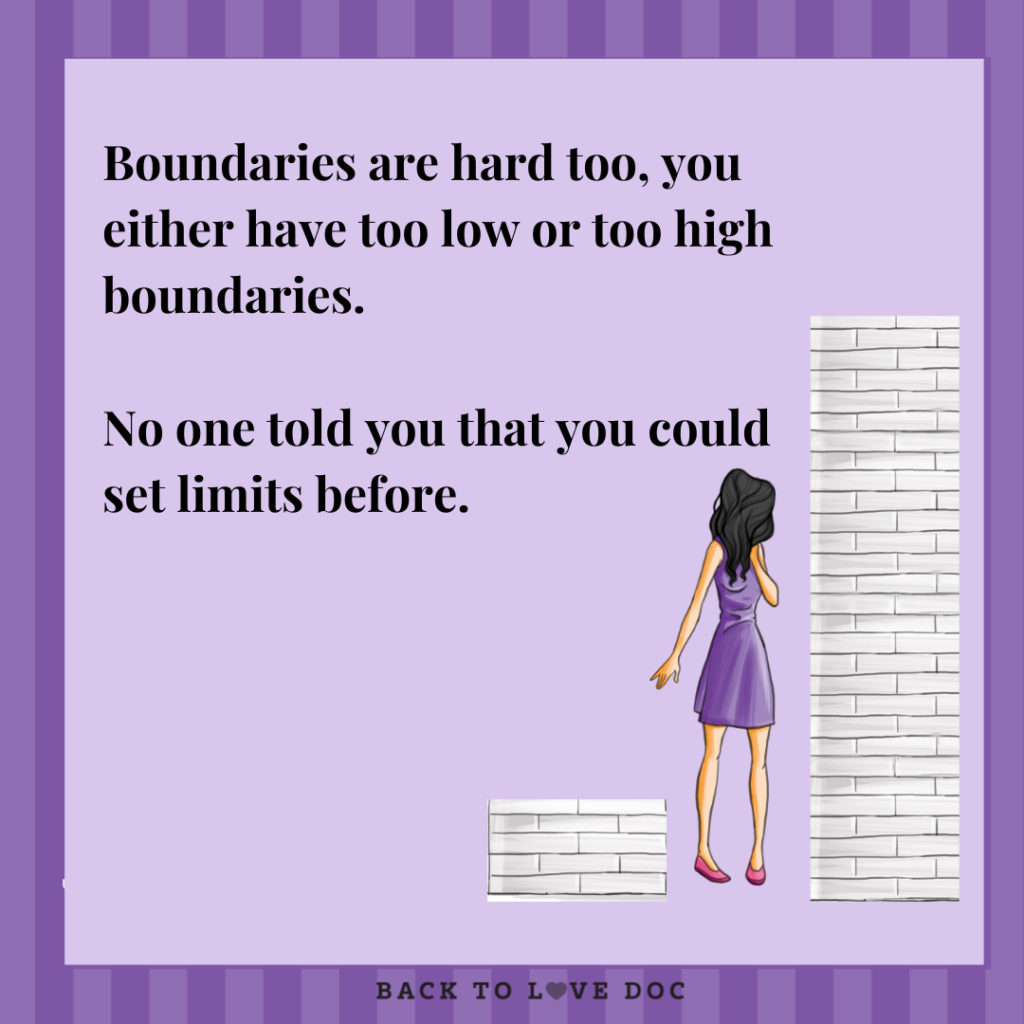What Is Confused
Attachment Style?
What is Confused Attachment?
Are you navigating midlife and finding your relationships—whether with a spouse, partner, in-laws, children, or even at work—are more challenging than ever? You’re not alone. One of the most impactful but often misunderstood factors influencing these relationships is your attachment style, especially disorganized or confused attachment.
Confused attachment, also known as disorganized attachment, is the most extreme form of insecure attachment. It often develops from early childhood experiences of inconsistent emotional support or trauma, such as abuse or neglect. This can include verbal, physical, or even emotional abuse from an attachment figure—someone the child should be able to trust, like a parent, but who instead becomes a source of fear. Imagine growing up with a parent who was both loving and abusive; your brain learns to associate love with danger, creating deep confusion and insecurity around relationships.
As an adult, this attachment style impacts every type of relationship you have—whether with your spouse, in dating, with your children, or even at work. If you have a disorganized attachment style, you may find yourself feeling a deep desire for connection, yet at the same time, fearing it. You may experience a push-pull dynamic, where you crave closeness but pull away when it becomes too intense. This might look like being overly clingy in your marriage one moment, only to retreat into emotional distance the next.
In your relationships with adult children, daughter-in-law, or son-in-law, this confusion may cause you to question their loyalty, leading to unpredictable reactions. At work, the fear of getting too close to colleagues or your boss might make you seem distant or hard to read. People with disorganized attachment are often caught between two opposing drives: the need to connect and the need to protect themselves from harm.
Psychologically, this comes from early patterns of betrayal. The same people who were supposed to provide safety also caused harm, so your brain develops a conflicted approach to attachment—fearing intimacy and safety at the same time. As a result, people with disorganized attachment often struggle with low self-esteem, negative self-talk, and an inability to trust others, even when they deeply desire connection.
Do you find yourself in situations where you push people away, even though you desperately want them close? Do you feel anxious in relationships—constantly fearing that people will hurt or abandon you? These are signs of a disorganized attachment style.
But there is hope. Understanding this pattern is the first step to healing. With the right tools, you can shift from a disorganized attachment style to a more secure one. Imagine a version of yourself where you feel safe and connected, with the confidence to embrace intimacy without fear.
I’ve created a free quiz to help you identify if you have a disorganized attachment style. This quiz is a powerful first step in recognizing the patterns that might be driving your relationship struggles—whether with a spouse, partner, children, or at work. Once you know your attachment style, you can start taking steps toward healing and creating more secure, fulfilling relationships.
Take my quiz today to begin your journey toward a more secure, connected future!












